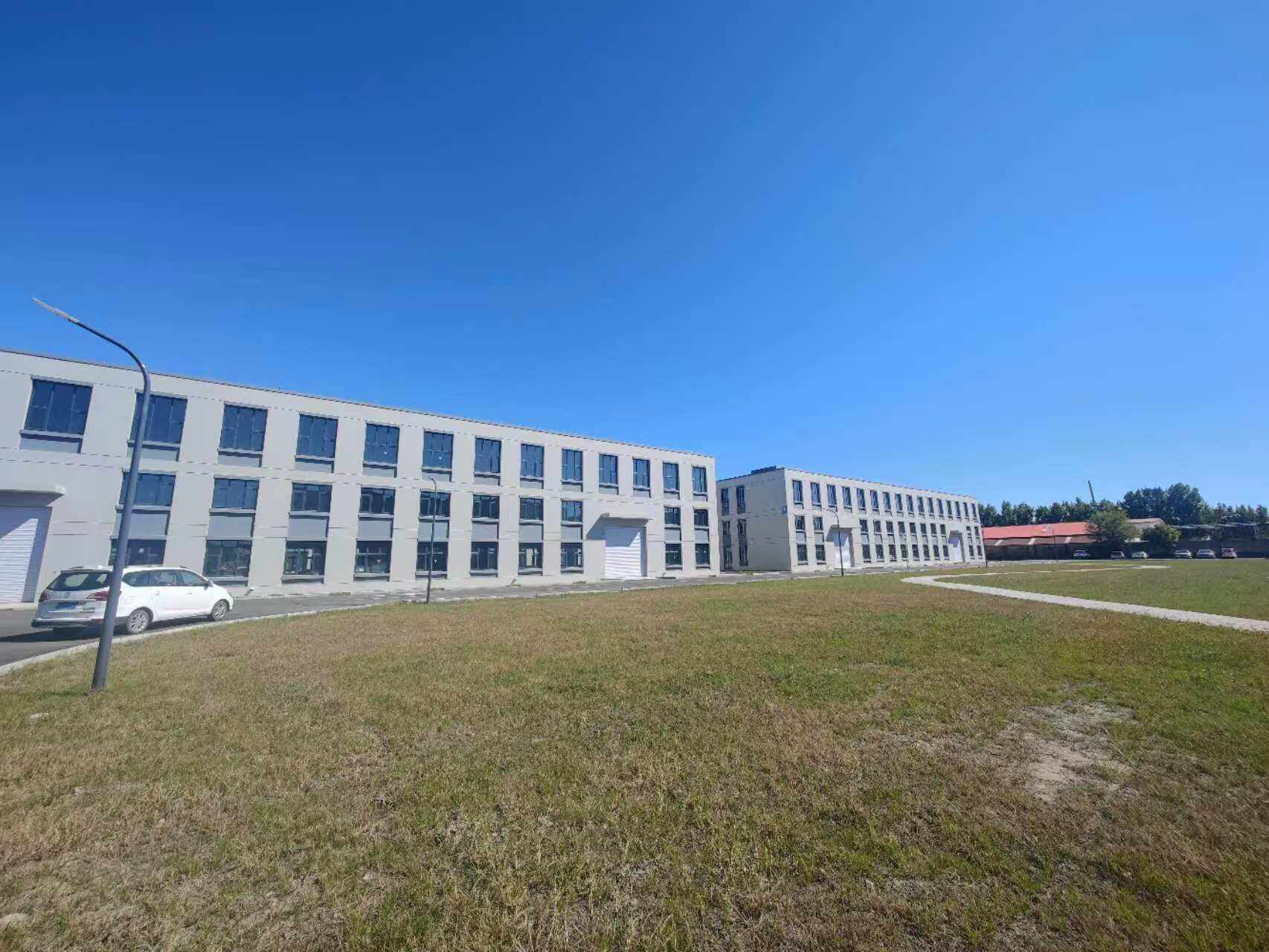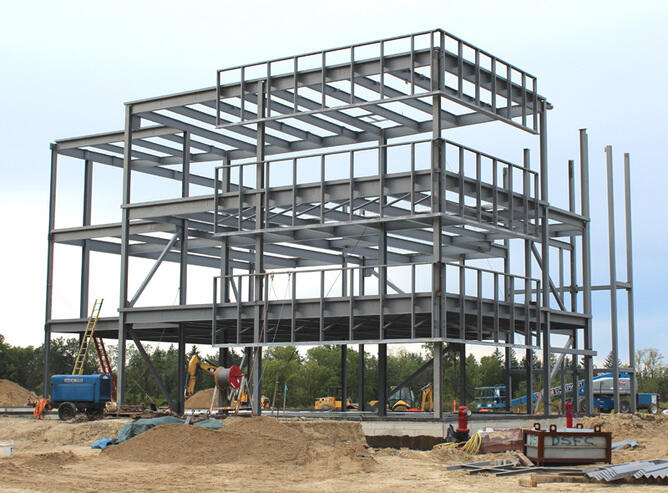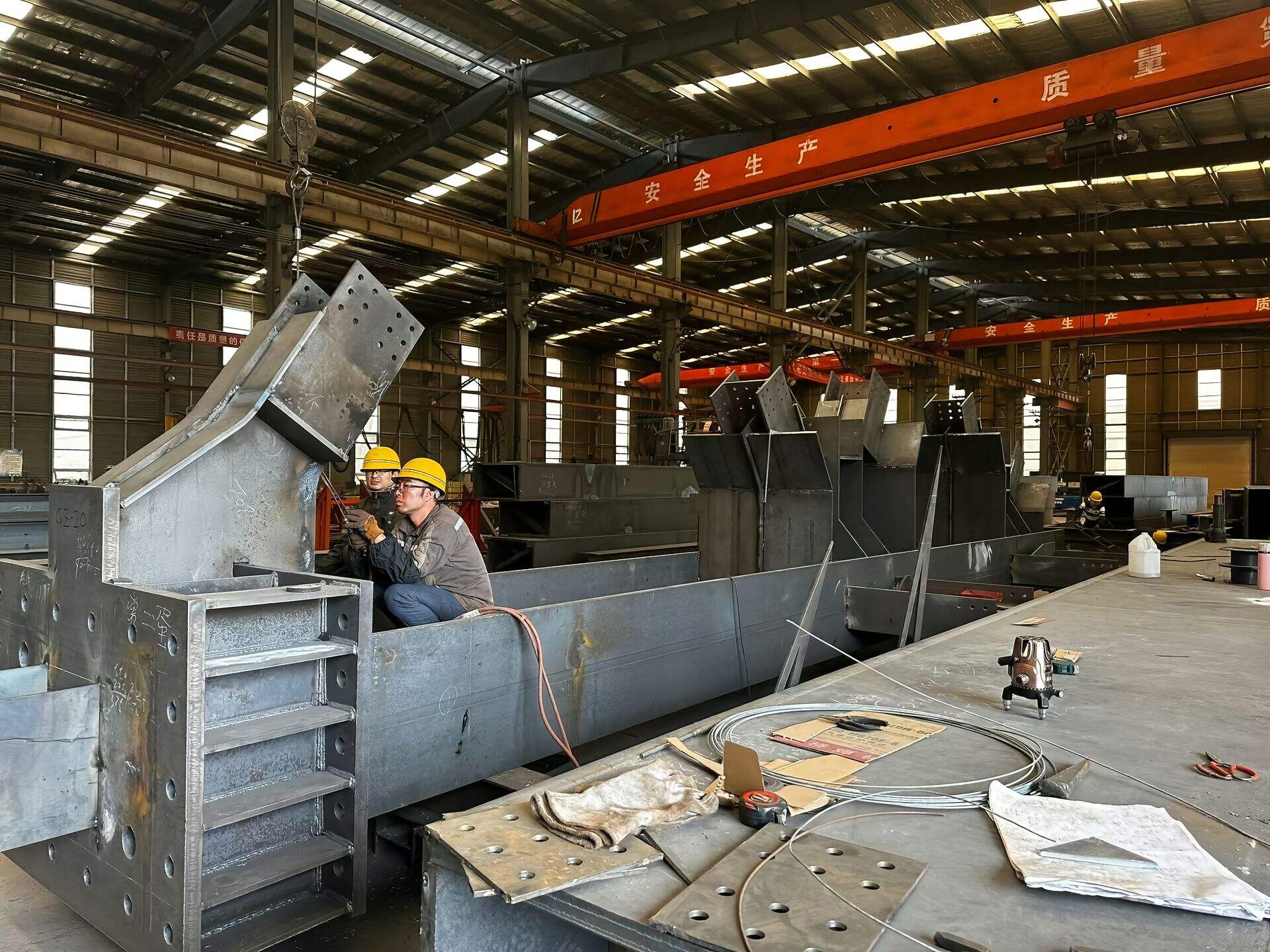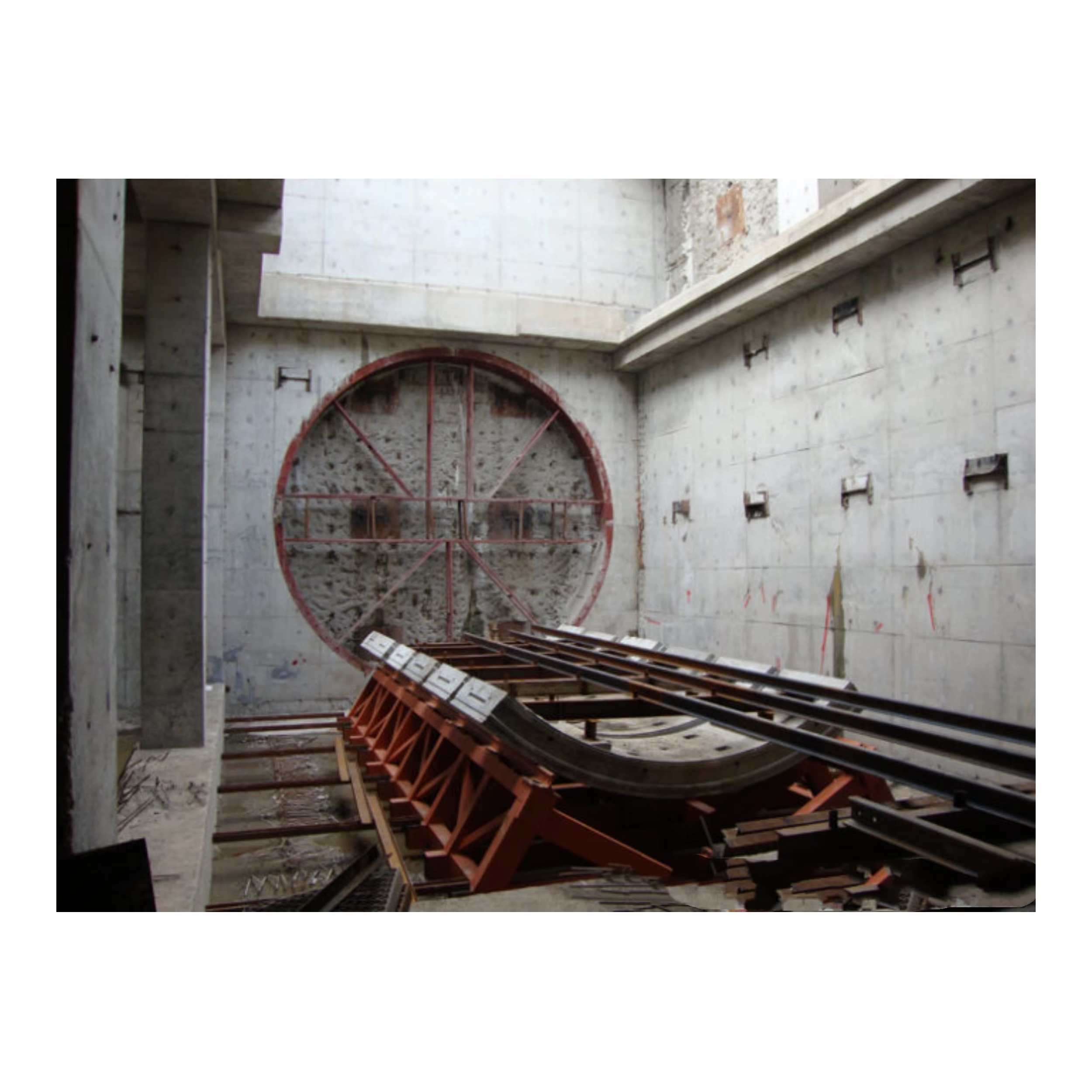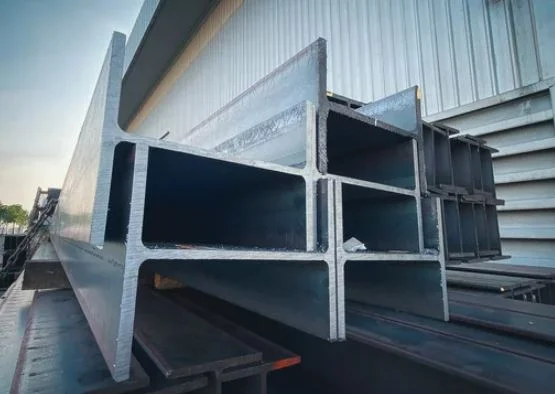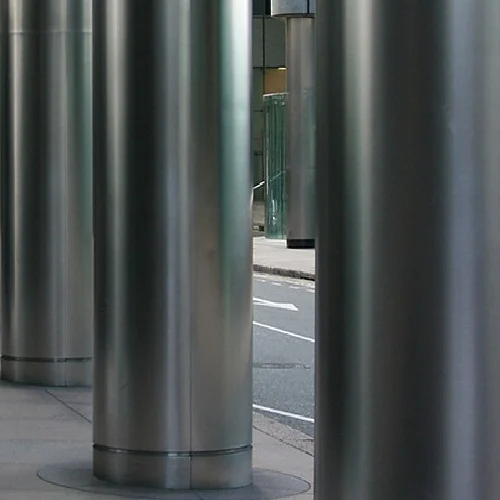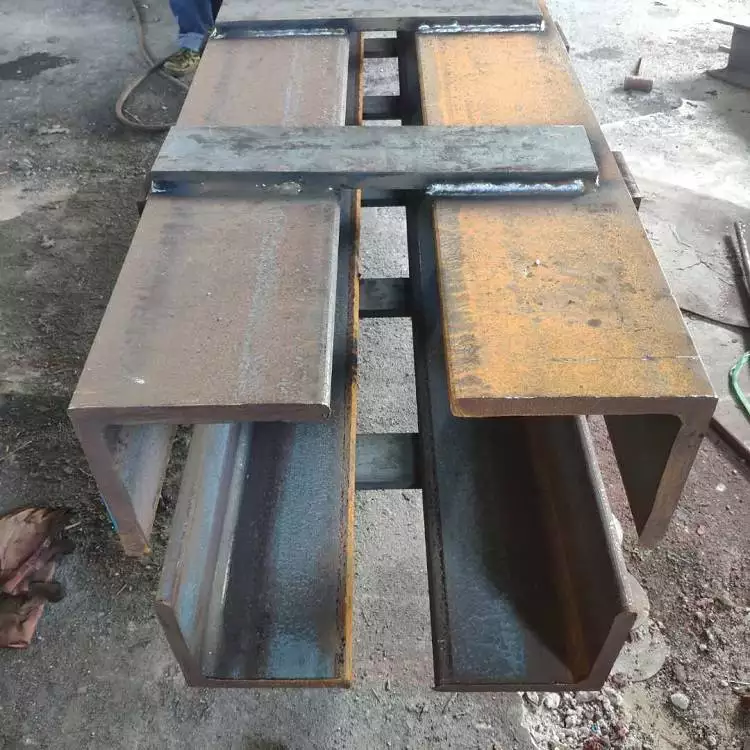steel column building
Steel column buildings represent a pinnacle of modern construction engineering, combining strength, versatility, and efficiency in structural design. These buildings utilize steel columns as their primary support system, creating a robust framework that can withstand significant loads and environmental pressures. The columns are precisely engineered, typically featuring I-beam or H-beam configurations, and are manufactured using high-grade structural steel that meets rigorous industry standards. These structures incorporate advanced connection systems, including bolt-together components and welded joints, ensuring maximum stability and durability. The design allows for large, clear spans without intermediate supports, making them ideal for commercial, industrial, and agricultural applications. Steel column buildings feature integrated systems for utilities, including electrical conduits, HVAC systems, and plumbing, all streamlined within the structural framework. The construction process employs modern fabrication techniques, with components often pre-engineered for precise on-site assembly, significantly reducing construction time and labor costs. These buildings can be customized with various facade options, including metal panels, glass curtain walls, or traditional materials, offering aesthetic flexibility while maintaining structural integrity.







